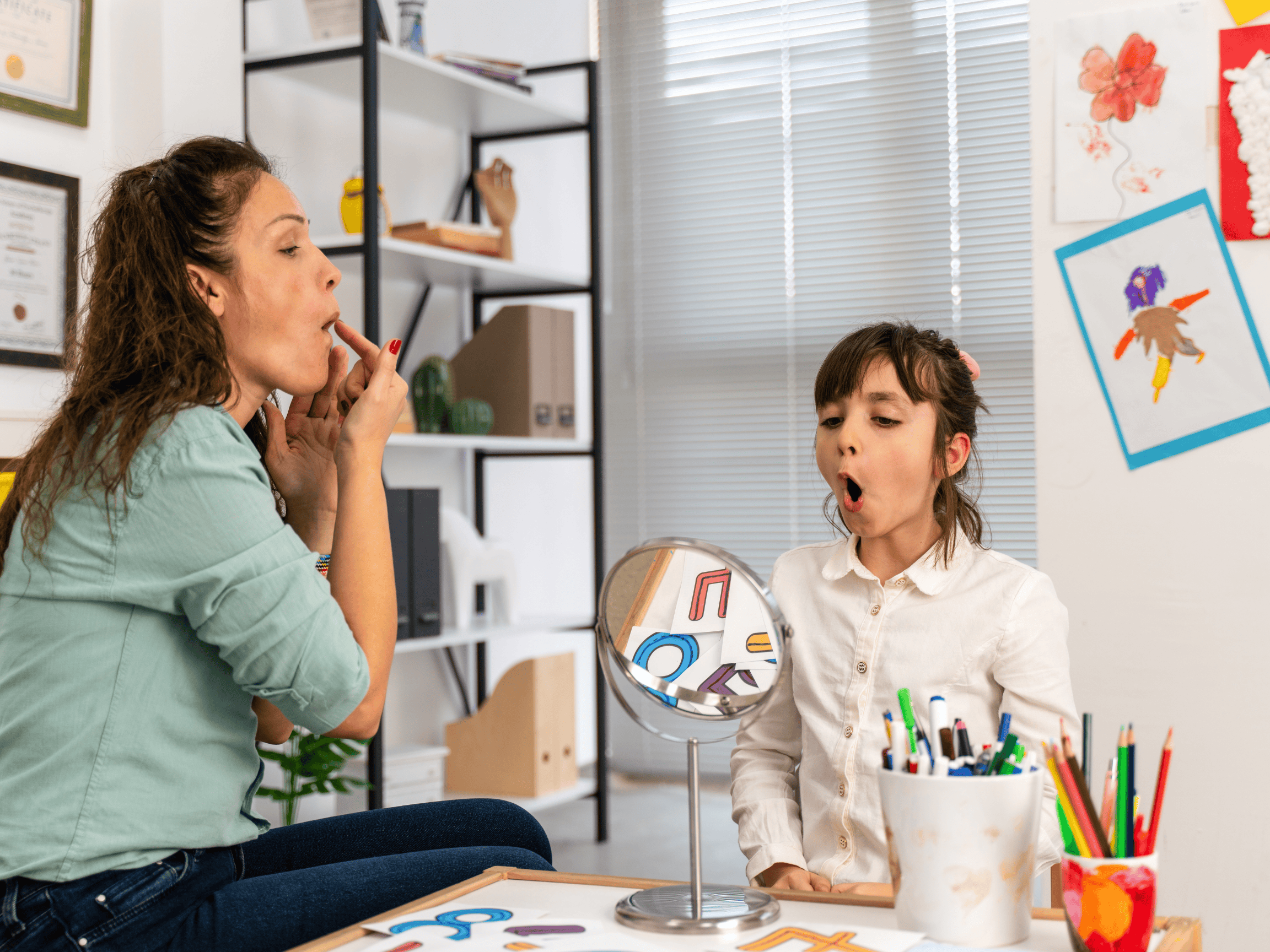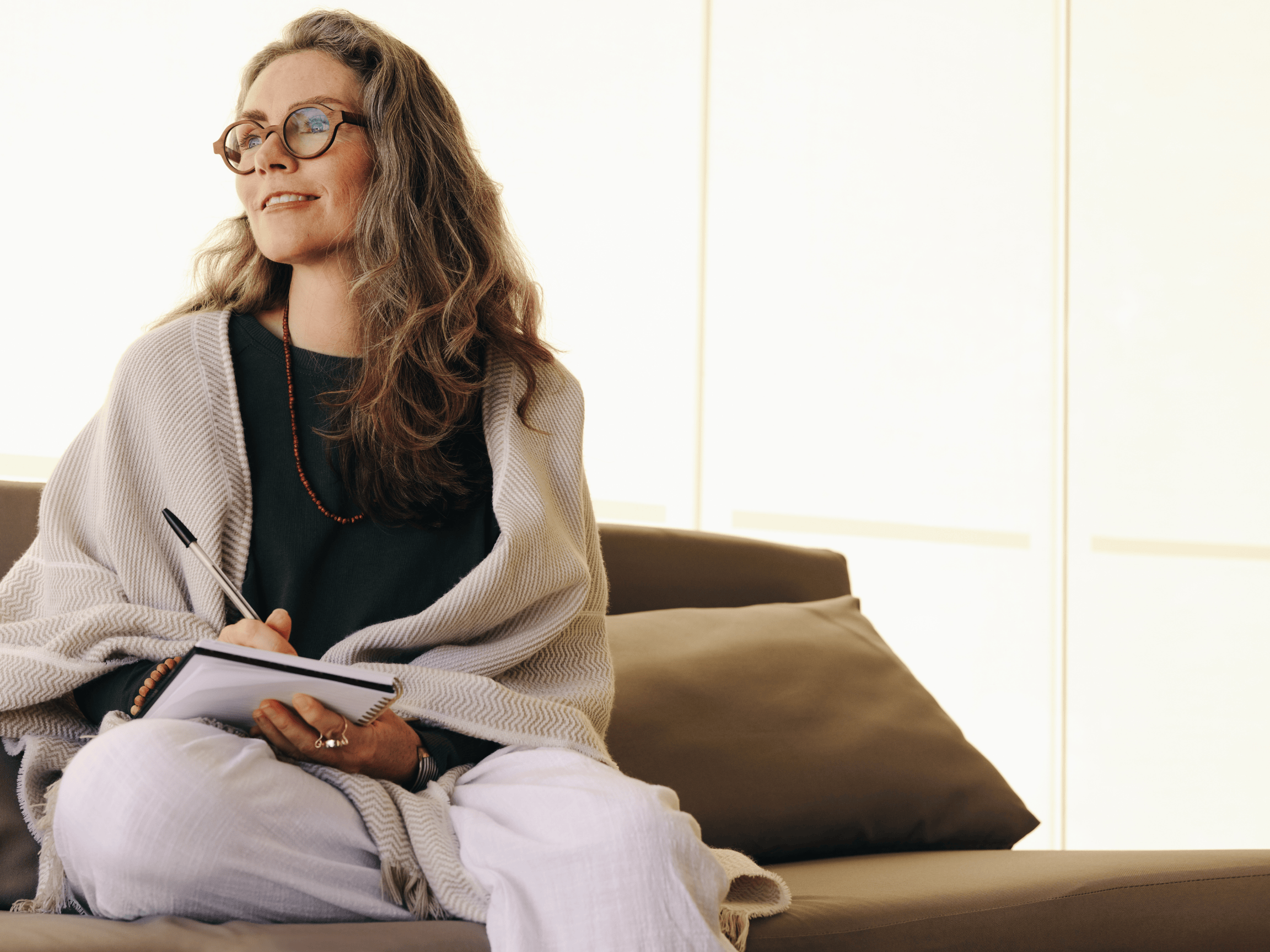Art therapy is a powerful form of psychotherapy that uses creativity — drawing, painting, sculpting, collage, or even digital media — as a bridge between the inner world and the outer one. While it’s often associated with children, who may not yet have the words to describe what they feel, art therapy can be just as transformative for adults. Whether someone is navigating trauma, grief, anxiety, or identity exploration, creative expression can help uncover emotions that are difficult to access through traditional talk therapy alone.
At its core, art therapy isn’t about artistic skill or producing something beautiful. It’s about the process — what happens emotionally, somatically, and psychologically as a person expresses themselves through art. A trained art therapist helps clients explore their creations with curiosity and compassion, finding meaning in the shapes, colours, textures, and themes that emerge.
How Art Therapy Works
Art therapy is grounded in both psychological theory and creative practice. During a session, clients may be invited to create artwork freely or respond to a prompt designed around a therapeutic theme — for example, drawing what safety feels like, painting an emotion, or building a representation of self. The focus is on expression and discovery rather than perfection.
As clients engage with art materials, their nervous system often begins to regulate naturally. The tactile, sensory nature of art can quiet the analytical parts of the brain and open access to emotions stored in the body. For many people, this creates a sense of relief and release — an opportunity to explore difficult feelings without needing to verbalize them right away.
Art therapy sessions can be integrated with other therapeutic approaches, such as trauma-informed care, somatic therapies, or cognitive-behavioural techniques, depending on the client’s goals. It can take place individually or in groups, and may involve themes like self-compassion, resilience, or reclaiming identity.
Why Art Therapy Helps Children
Children naturally express themselves through play and creativity, which makes art therapy an especially accessible form of healing for them. It allows young clients to communicate experiences that may be too confusing, scary, or overwhelming to describe with words. Through art, children can externalize their feelings — drawing a “monster” that represents anger, or creating a “safe place” using colour and imagery — helping them make sense of internal experiences in a safe and supportive environment.
Art therapy can support children struggling with anxiety, behavioural challenges, trauma, or family transitions. It also builds emotional regulation and self-esteem by giving them a sense of mastery and voice.
Art Therapy for Adults
Although art therapy is often introduced in childhood settings, adults can experience equally profound benefits. Many adults carry emotions they’ve learned to suppress or intellectualize — grief, guilt, shame, or anger that feels “too much” to talk about directly. Art therapy helps bypass the analytical mind and access these emotions safely through imagery and creation.
For example, an adult processing burnout might explore themes of exhaustion and renewal through color and texture. Someone healing from trauma may use art to symbolize boundaries or transformation. In this way, creative expression becomes a tool for integration — connecting the emotional, cognitive, and physical aspects of self that have become disconnected over time.
Art therapy can also be deeply restorative for adults who feel creatively blocked or disconnected from joy. Many find that engaging in art reignites a sense of playfulness and curiosity that’s often lost in daily routines or stress.
Common Issues Art Therapy Can Support
Art therapy has been shown to help with a wide range of emotional and psychological concerns, including:
- Anxiety, stress, and emotional regulation
- Depression and low mood
- Trauma and post-traumatic stress
- Grief and loss
- Relationship or attachment issues
- Identity exploration and self-esteem challenges
It can also support people living with chronic pain, illness, or neurodivergence by providing a creative outlet that fosters self-understanding and acceptance.
Final Thoughts: Creativity as Healing
Art therapy reminds us that healing doesn’t always begin with words. Sometimes, the safest and most authentic way to explore what’s within us is through colour, line, and form. Whether you’re a child learning to name big feelings, or an adult rediscovering parts of yourself long silenced, creative expression can help you reconnect with your emotions in ways that words alone cannot.
In a world that often asks us to explain and rationalize, art therapy invites us to feel — to explore, release, and rebuild through creation. And in doing so, it helps us make meaning from what we’ve been through, one brushstroke at a time.
American Art Therapy Association. (2024). What is art therapy? Retrieved from https://arttherapy.org/
Haeyen, S., van Hooren, S., van der Veld, W. M., & Hutschemaekers, G. (2021). Measuring creative expression in art therapy: A validation study. The Arts in Psychotherapy, 72, 101748.
Malchiodi, C. A. (2020). Trauma and expressive arts therapy: Brain, body, and imagination in the healing process. Guilford Press.
Kagin, S. L., & Lusebrink, V. B. (2020). The expressive therapies continuum as a framework in the treatment of trauma. Journal of the American Art Therapy Association, 37(2), 69–80.








































